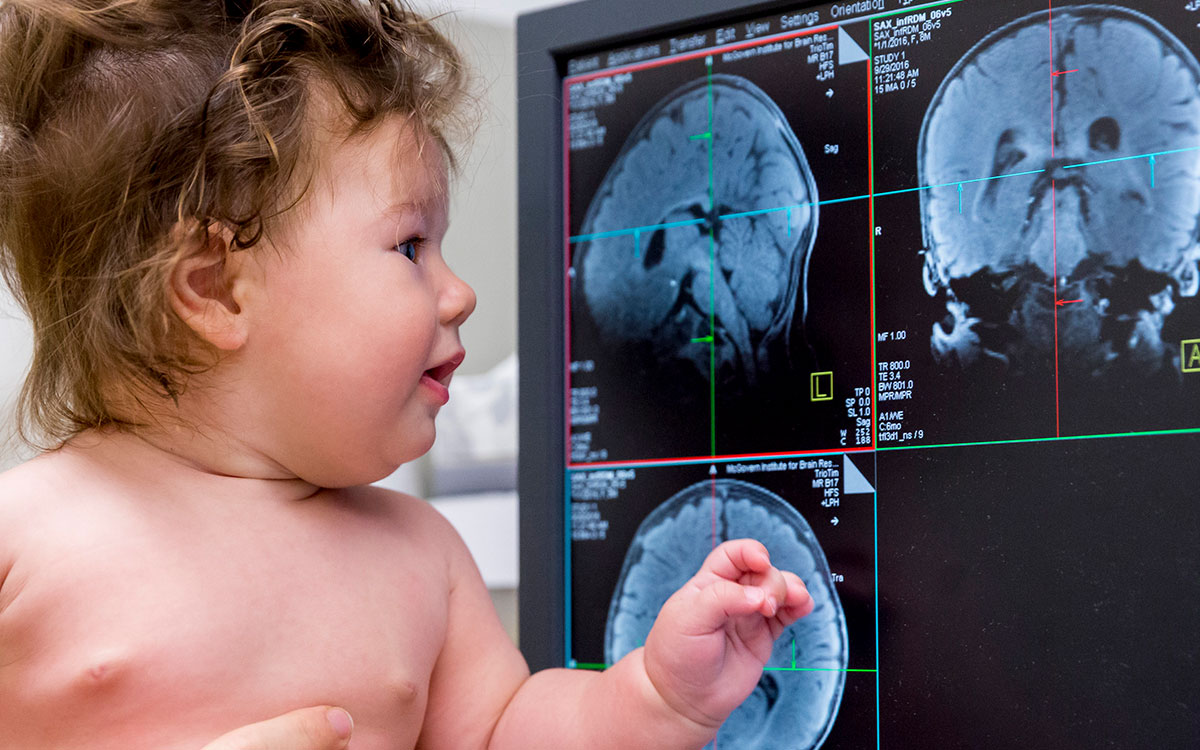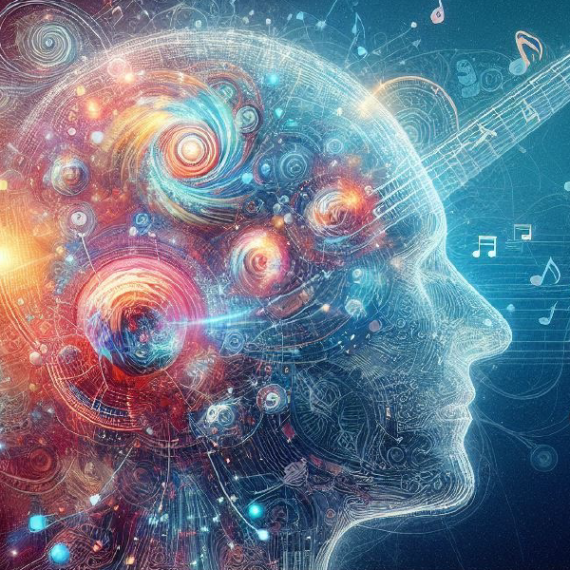Powerful imaging methods like MRI and MEG provide neuroscientists with a detailed view of the human brain – including the spatial and temporal changes that occur as we interact with the world. Our researchers are using these tools to study how the brain develops from infancy, which regions underlie different aspects of our mental lives, and whether imaging can be used to predict the onset of disease.

To view this video please enable JavaScript, and consider upgrading to a web browser that supports HTML5 video

Brain Imaging
brain mapping · functional connectivity · fMRI · EEG · MEG · predictive imaging · precision interventions · contrast agents · theory of mind · the developing brain · learning

Featured Researcher
Satrajit Ghosh
Satrajit Ghosh uses neuroimaging, speech communication, and machine learning to improve assessments and treatments for mental health.
224
The typical number of images our scanners take for a 3D brain reconstruction.
3.5-6 minutes
The time typically taken to generate a structural scan of the adult brain using MRI.
Recent Publications
- Ozernov-Palchik, O, Elizee, Z, Catania, F, Hacikamiloglu, M, Shattuck-Hufnagel, S, Petscher, Y et al.. (Not so) universal literacy screening: a survey of educators reveals variability in implementation. Ann Dyslexia. 2025;75 (3):489-523. doi: 10.1007/s11881-025-00342-1. PubMed PMID:41152665 PubMed Central PMC12662888.
- Thovinakere, N, Ghosh, SS, Iturria-Medina, Y, Geddes, MR. Social determinants of health and brain connectivity predict physical activity behavior change after new cardiovascular diagnosis. PNAS Nexus. 2025;4 (10):pgaf304. doi: 10.1093/pnasnexus/pgaf304. PubMed PMID:41126998 PubMed Central PMC12538561.
- Marvi, AI, Hutchinson, S, Fedorenko, E, Saxe, RR, Kamps, FS, Regev, TI et al.. An efficient multifunction fMRI localizer for high-level visual, auditory, and cognitive regions in humans. Imaging Neurosci (Camb). 2025;3 :. doi: 10.1162/IMAG.a.905. PubMed PMID:41104125 PubMed Central PMC12521984.




